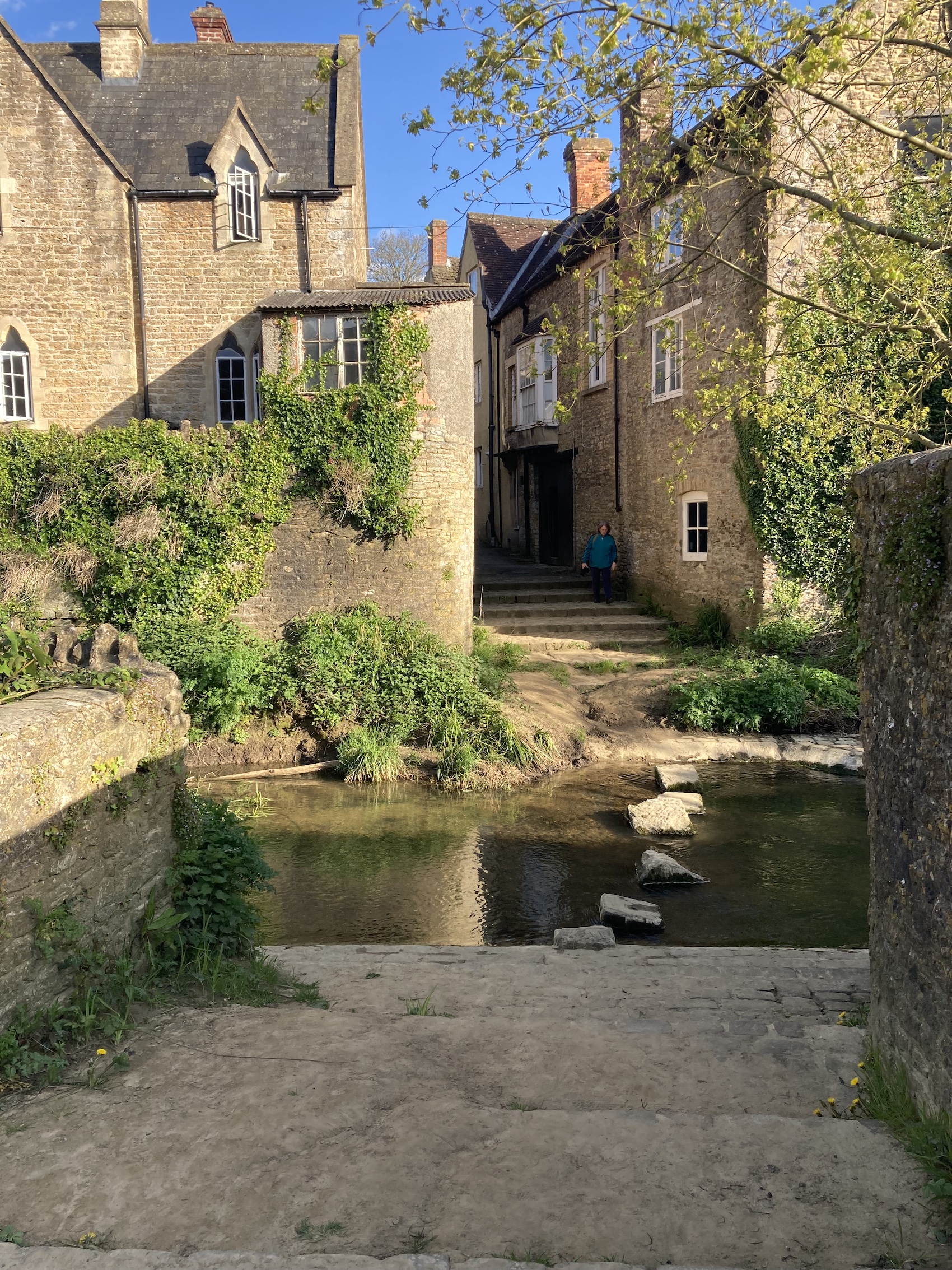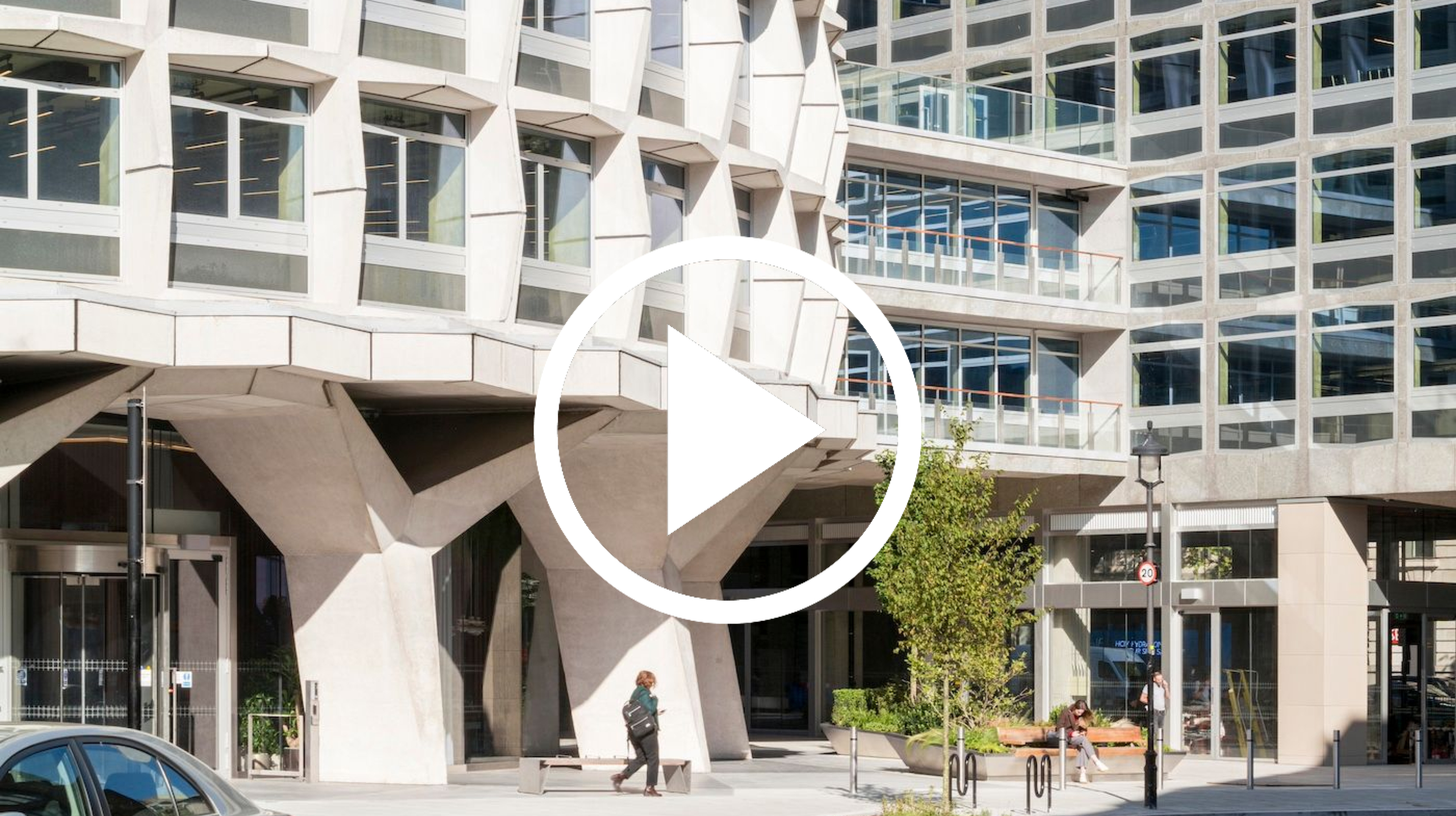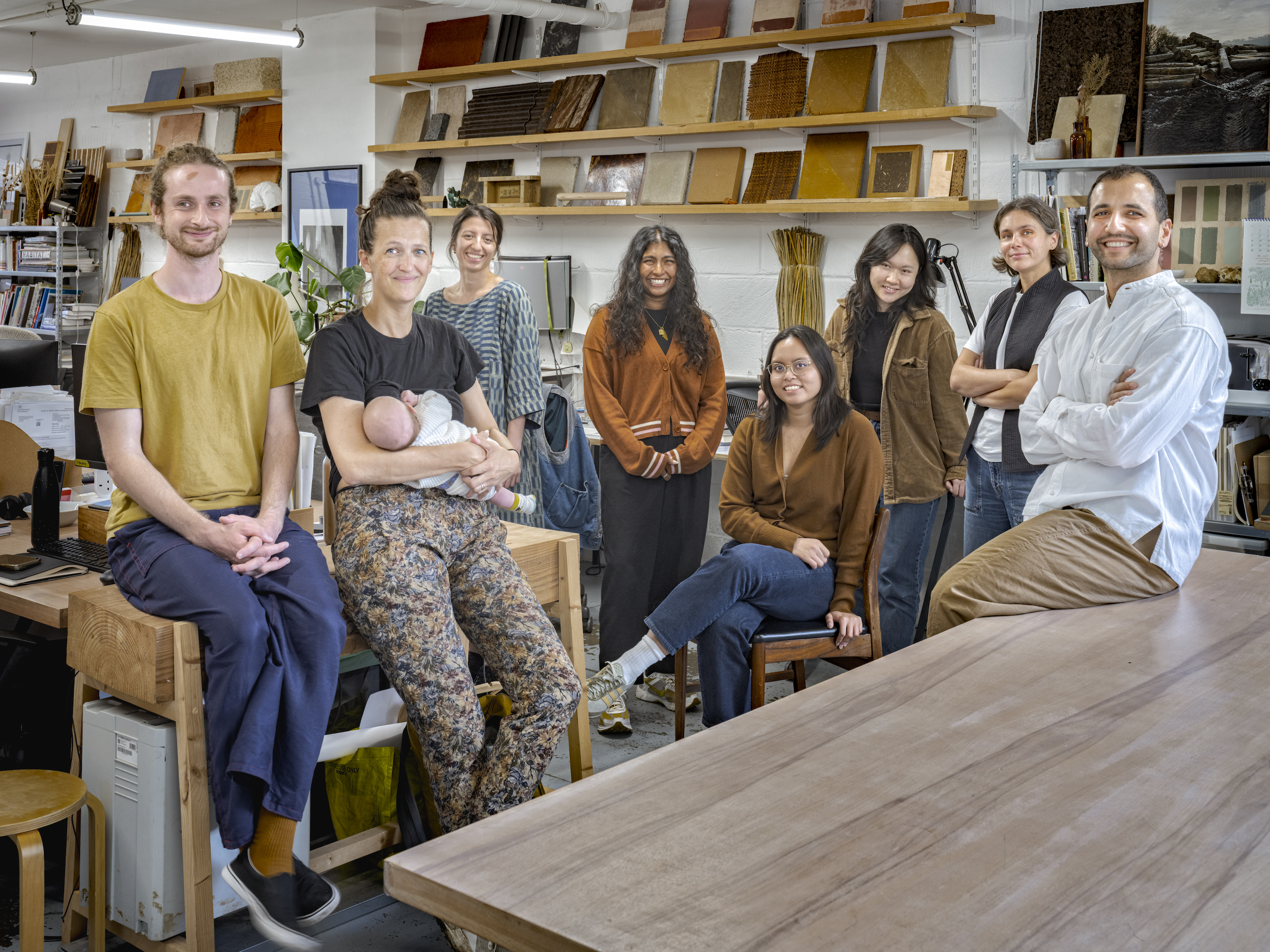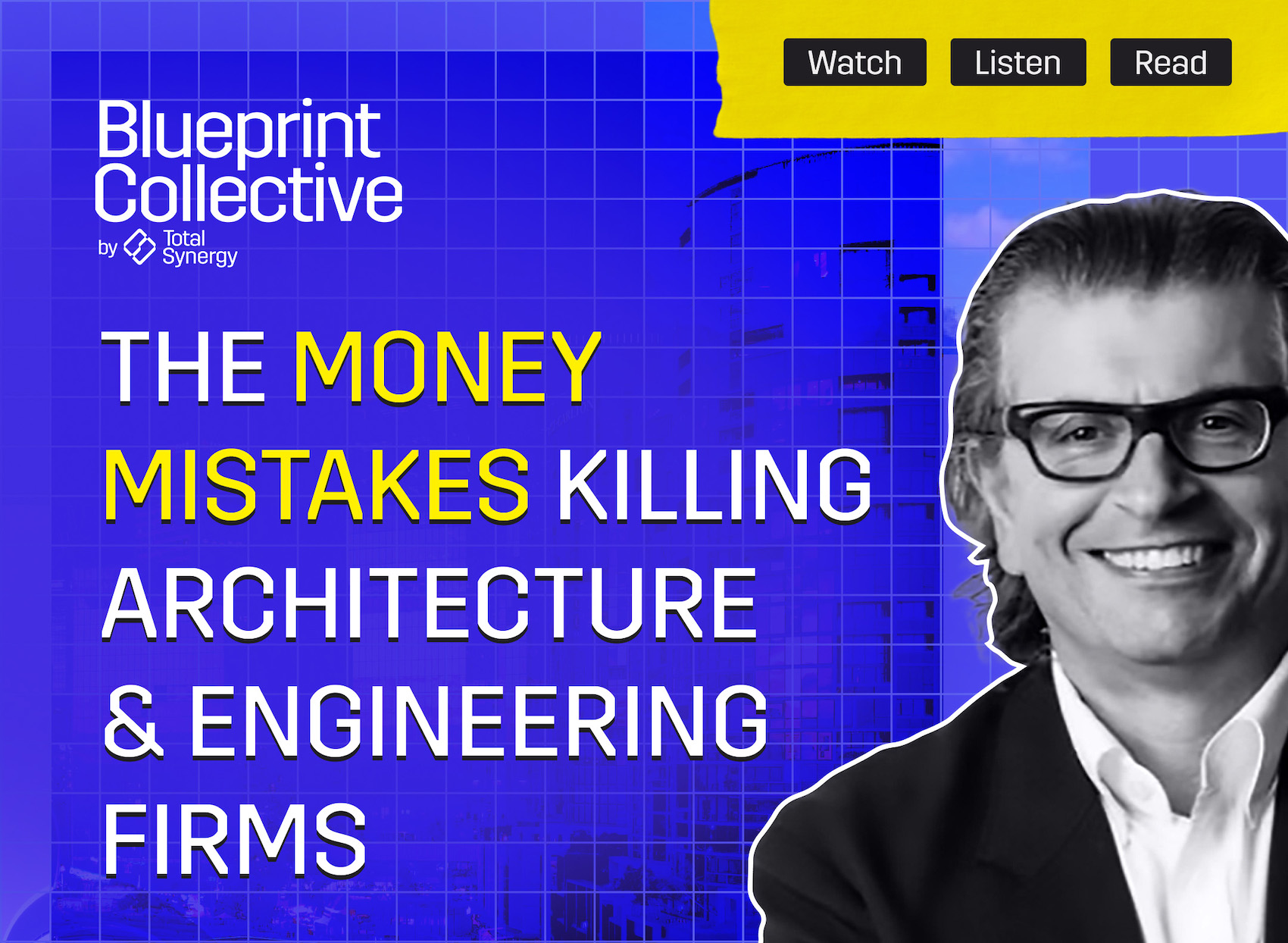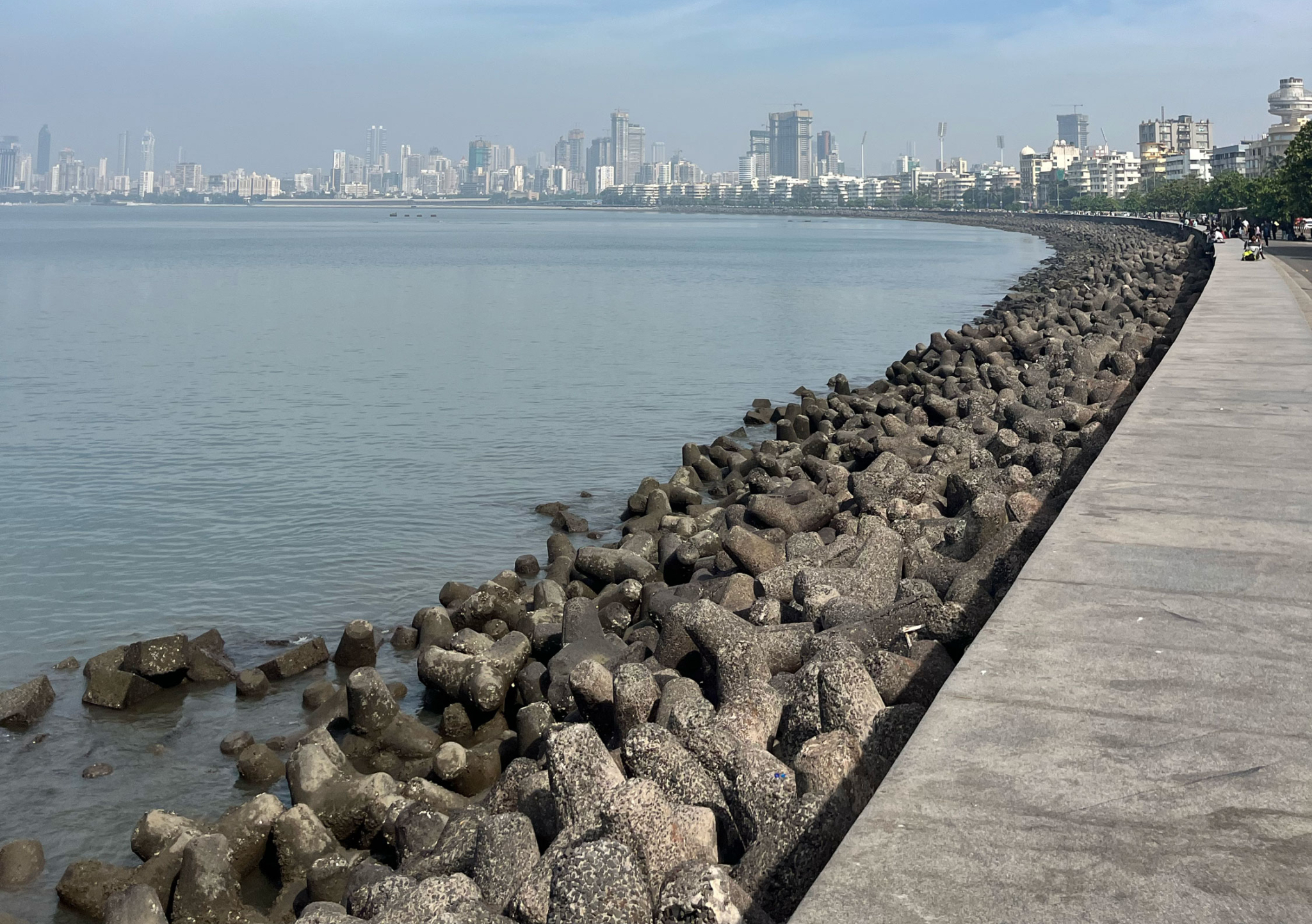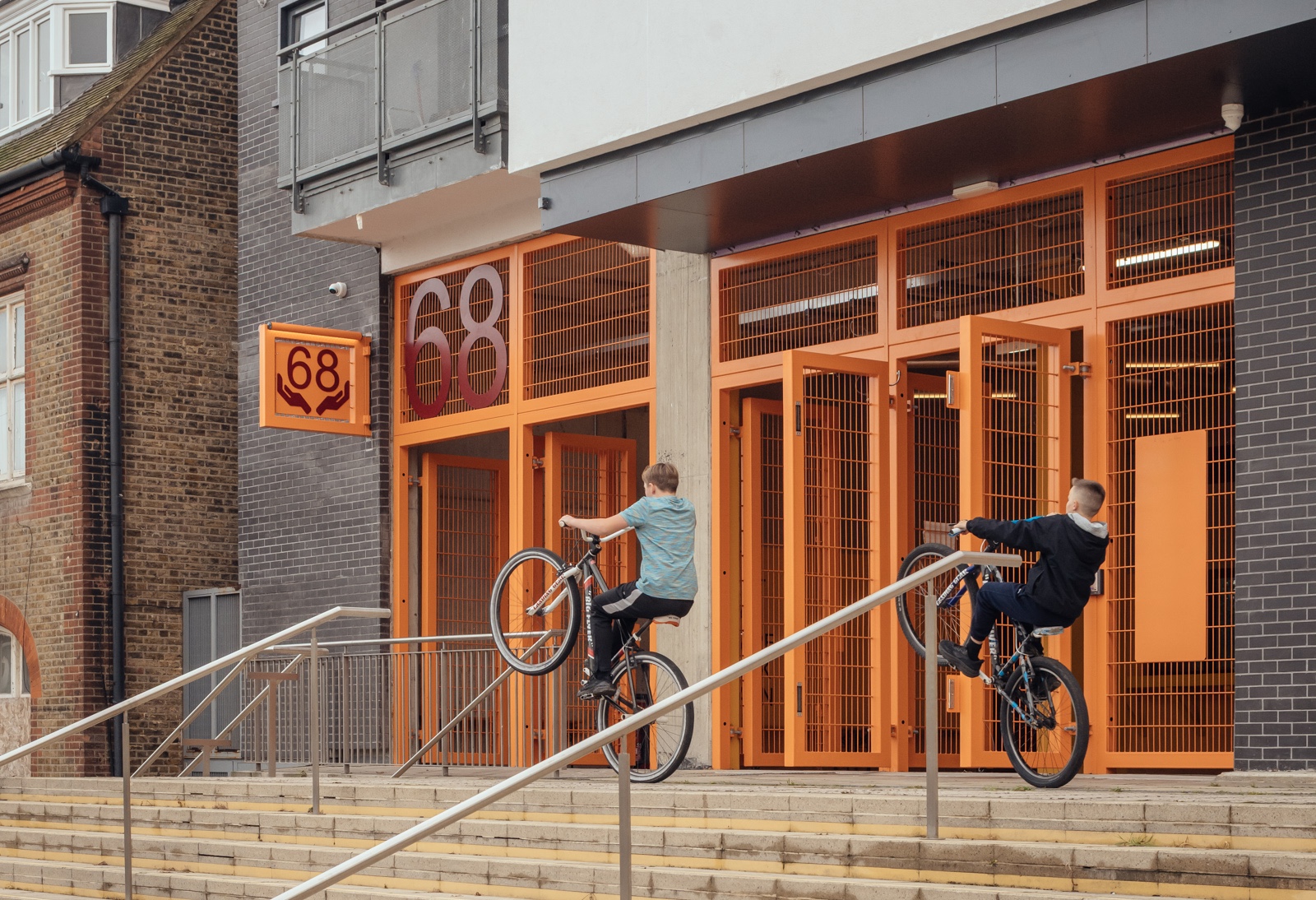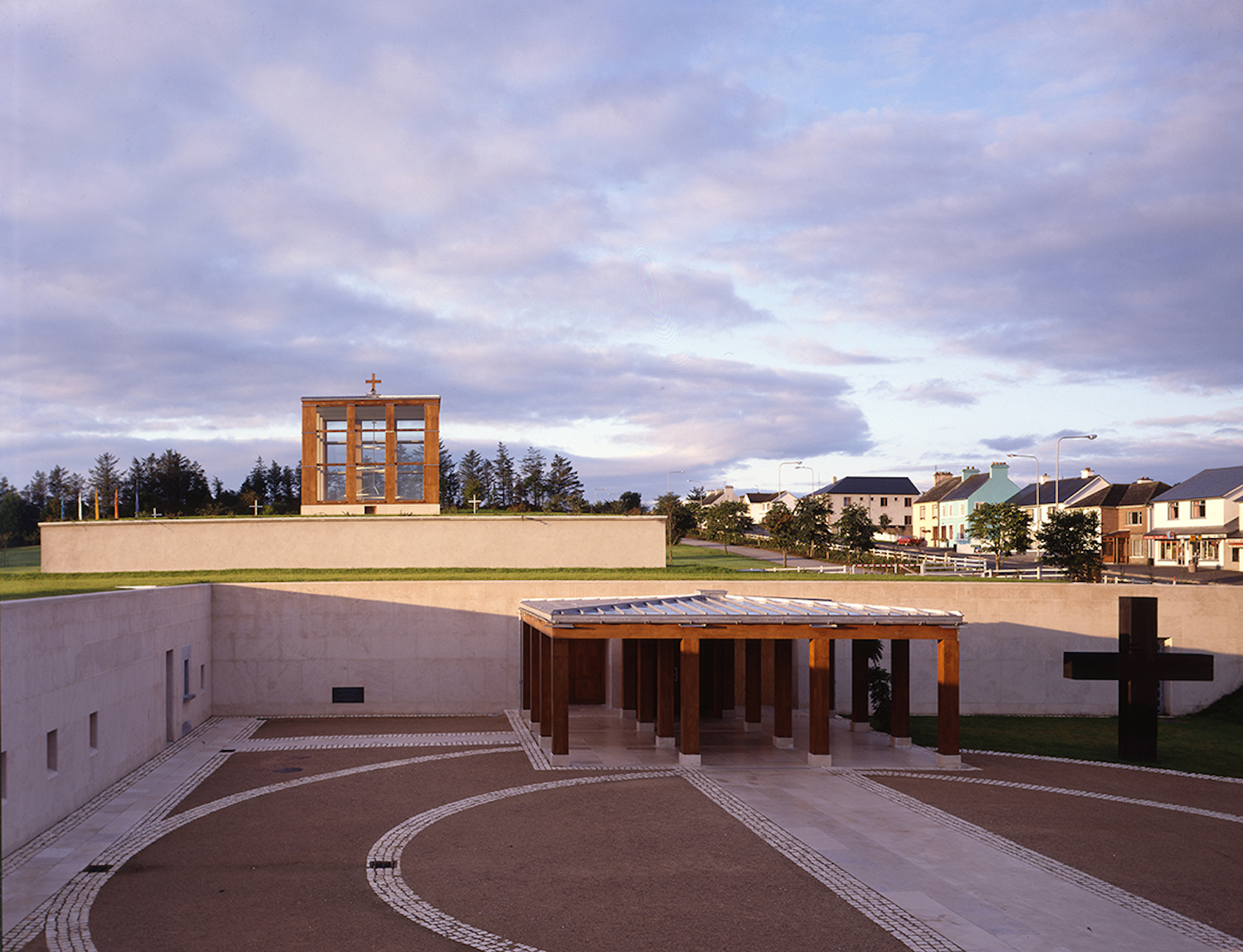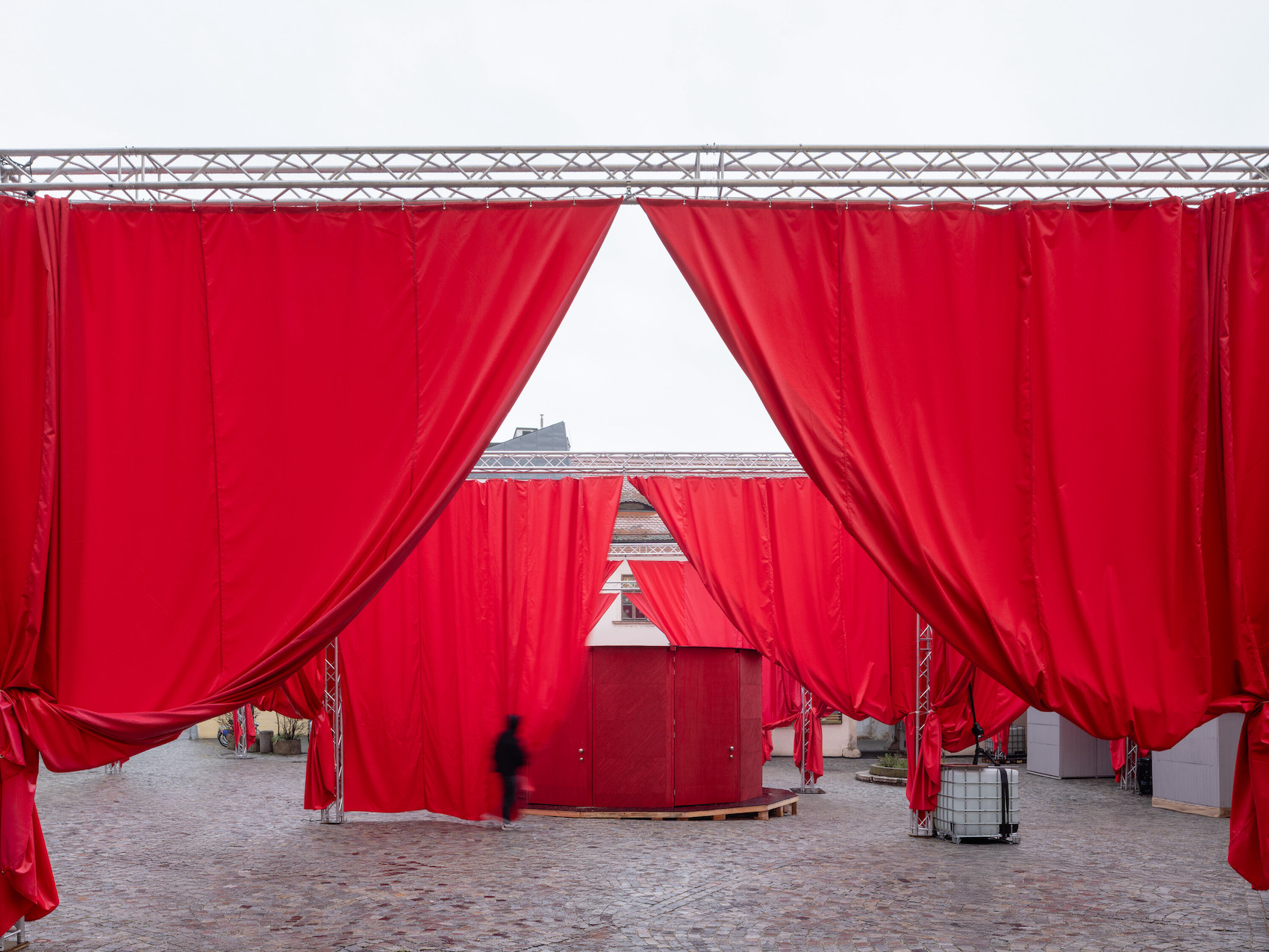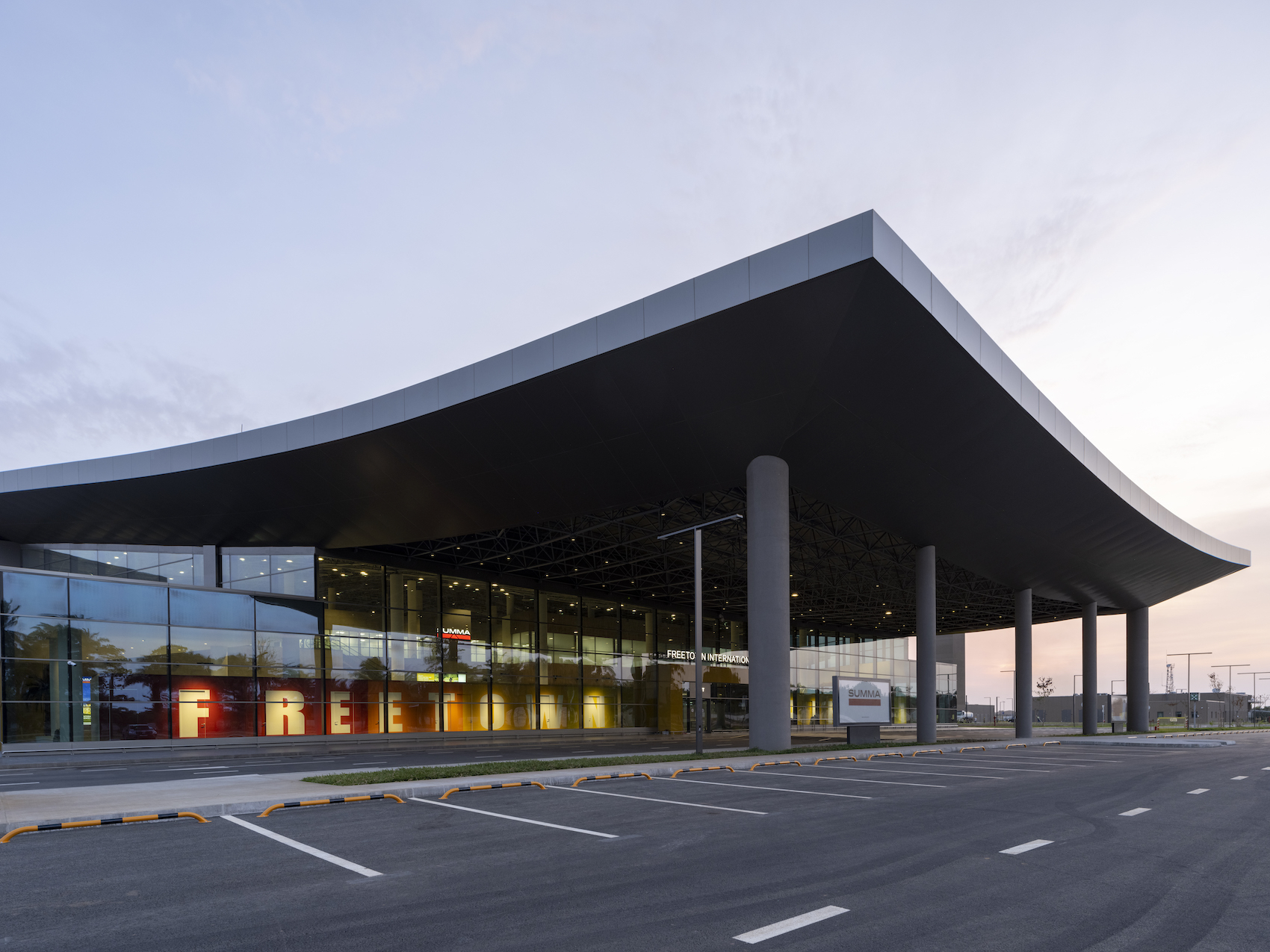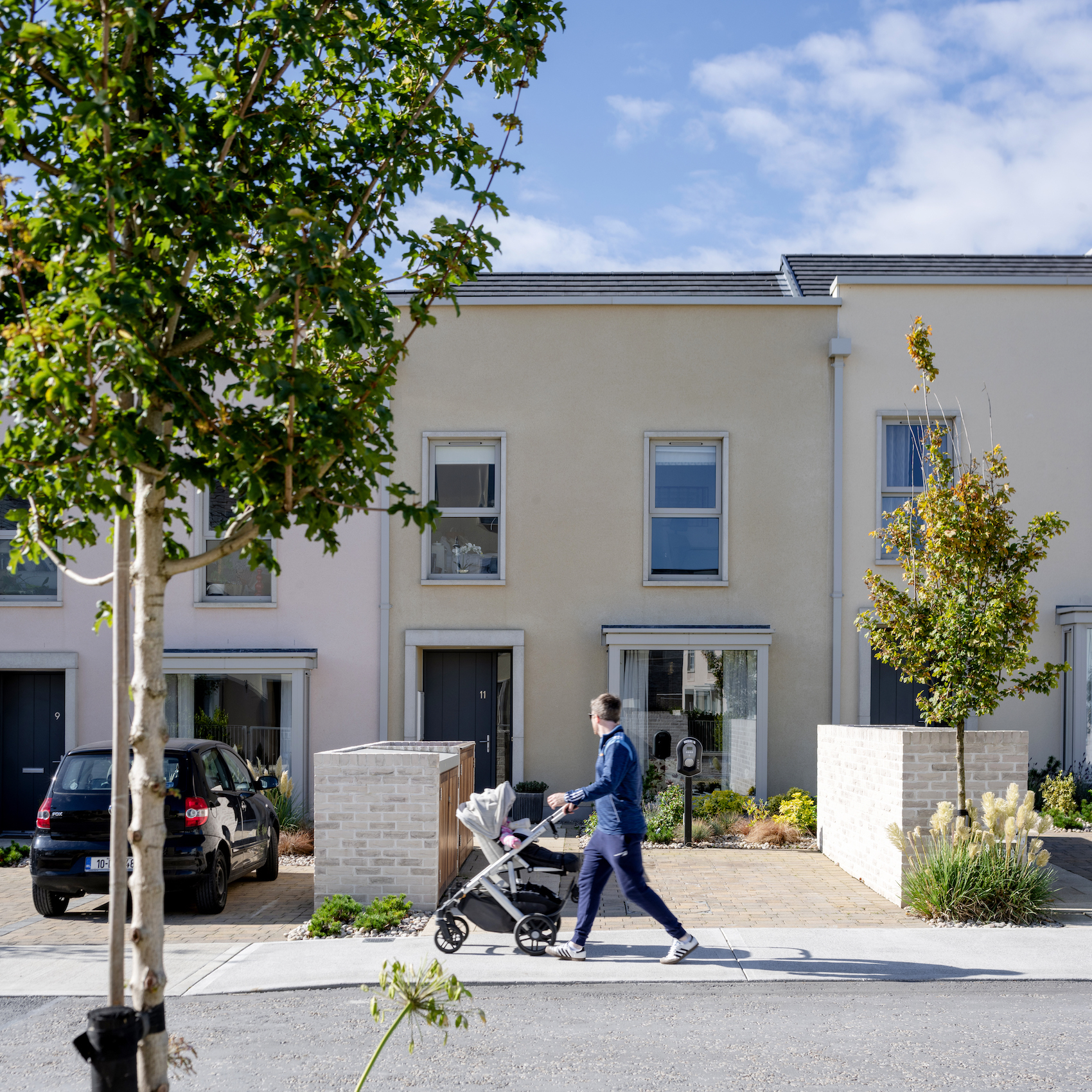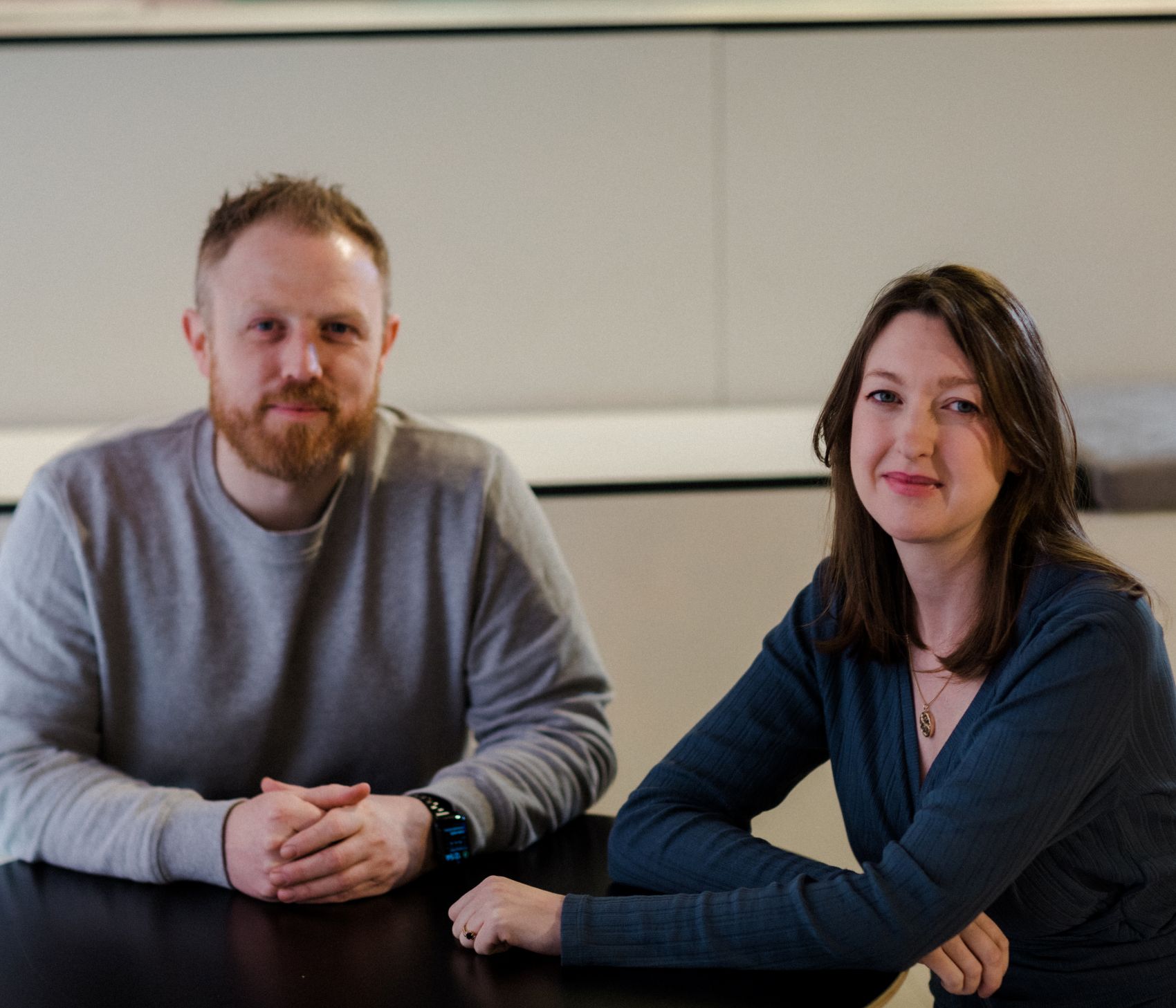Beau Lotto on how Bruton’s unique mix of culture and community fosters discovery and connection – and why this small Somerset town provides the perfect setting for a new kind of school rooted in interaction, meaning and curiosity.
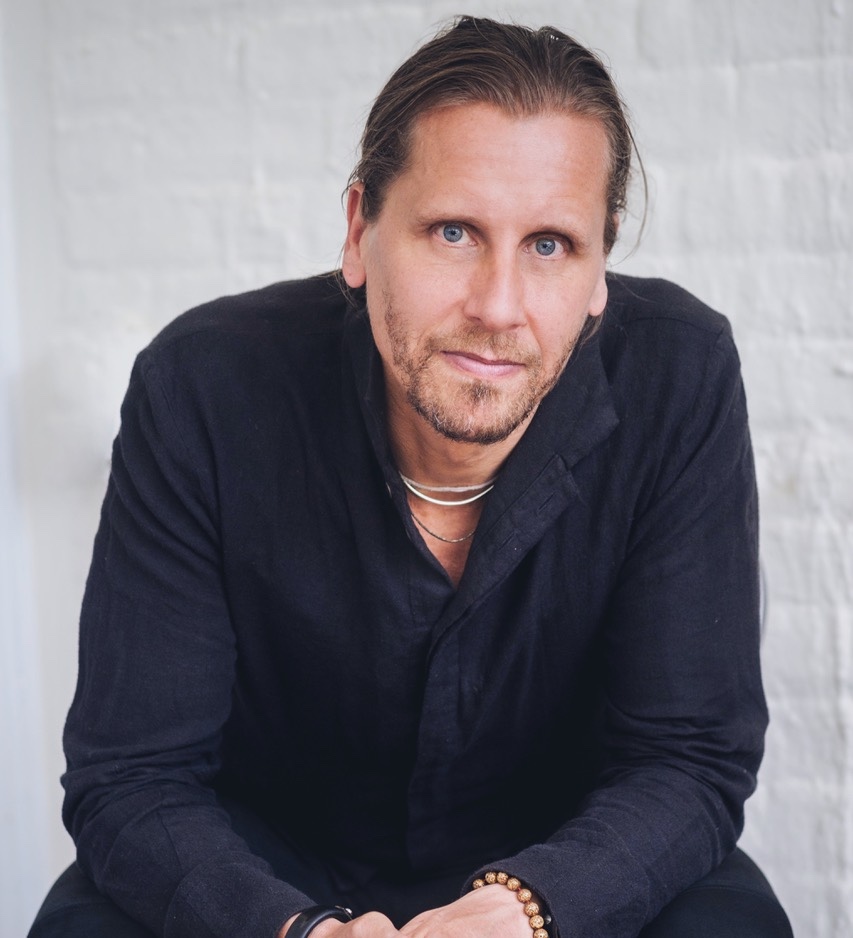
Newtonian physics once told us that space was an absolute: an unchanging, empty container in which objects move and events unfold; a blank sheet of paper on which an architect might imagine building. While this works as an approximation, it’s far from accurate. And yet, this empty space view remains alive in the minds of most designers, architects, and city planners – in fact in most of us. It’s the model which evolved in our brains to guide our perceptions and behaviour. To us, space is just a place to put objects, structures, colours and light… ideally with some thought.
But it’s so much more. As Henri Poincaré, the French mathematician, theoretical physicist and philosopher, observed in Science and Hypothesis (1902): “There is no absolute space, and we do not conceive of space as a thing in itself, but as a set of relations.” So to Henri, space is interaction. It does not exist without it. As it is to Carlo Rovelli who writes: “Space is nothing by itself.” To Einstein “Space and time are modes in which we think, not conditions in which we live.” As is true about space, is also true about life. Life is not defined by its parts. Like a whirlpool that emerges from the interaction between water molecules, life emerges from the interactions between its essential elements.
Herein lies the deepest truth about our existence. While we see ourselves as outside observers of nature, we are in fact an emergent interaction between our internal and external environments. Hence why our relationships – to people and the spaces in which we share – are not just important; they are existential. Change the interactions, and you change (if not transform) the meaning of that space… of that life… of that self.
While architects, designers and planners build walls, roads, layouts and structures, their fundamental role is far more existential: to foster meaning through the interactions afforded / catalysed / empowered through space. So rather than being driven by aesthetics, or function or by ego, the question one should ask of any space is, “What do I want its meaning to be?”… and… “What kinds of interactions should I empower and/or prioritise to give rise to that meaning?”
This is a radically different, and yet naturally obvious re-meaning of what it is to be a creator of space. Which brings me to Bruton. A small – seemingly one street – town in Somerset. And my new home. What makes Bruton so meaningful to me are the priorities of its interactions. Rather than focus on commerce, though commerce certainly exists in a beautifully local, artisanal form, Bruton focuses on what I believe is discovery. And discovery is one of our brain’s greatest and most profound needs and drives.
Discovery is one of our brain’s greatest and most profound needs and drives”
Bruton achieves this by prioritising learning through its schools, both grand and modest, traditional and progressive. It prioritises questioning through its many well-known and lesser-known art galleries. It prioritises a relationship to nature through its many re-wilding programmes. It also prioritises conversations and connections through its many cafes and private social gatherings. Even its nonlinear street plan creates surprising opportunities for accidental, contrasting encounters. Collectively, the nature of these interactions – all of which are empowered by its architecture – engage the mind, body and heart, nurturing a deeper appreciation of the meaning of space, and enriching the life and consciousness of visitors and residents.
As a neuroscientist who studies perception and plasticity, I’m keenly aware of the impact of our surroundings, and our interactions with each other and the natural world, on cognitive development and wellbeing. When I decided to launch a new kind of school – the Hummingbird Learning Lab – my aim was to offer an education that provides the skills required to create a more evolved future world; one grounded in compassion, curiosity and critical thinking. Bruton was a natural choice. We have taken up residence in the former history department of the secondary school King’s Bruton, an ancient stone building on the bank of the River Brue. I’m delighted to be working with Architecture Today and the Regenerative Architecture Index to identify an architectural practice to help us design future iterations of the school that will inspire children to take agency in the way they interact with nature, with each other, and with space.


